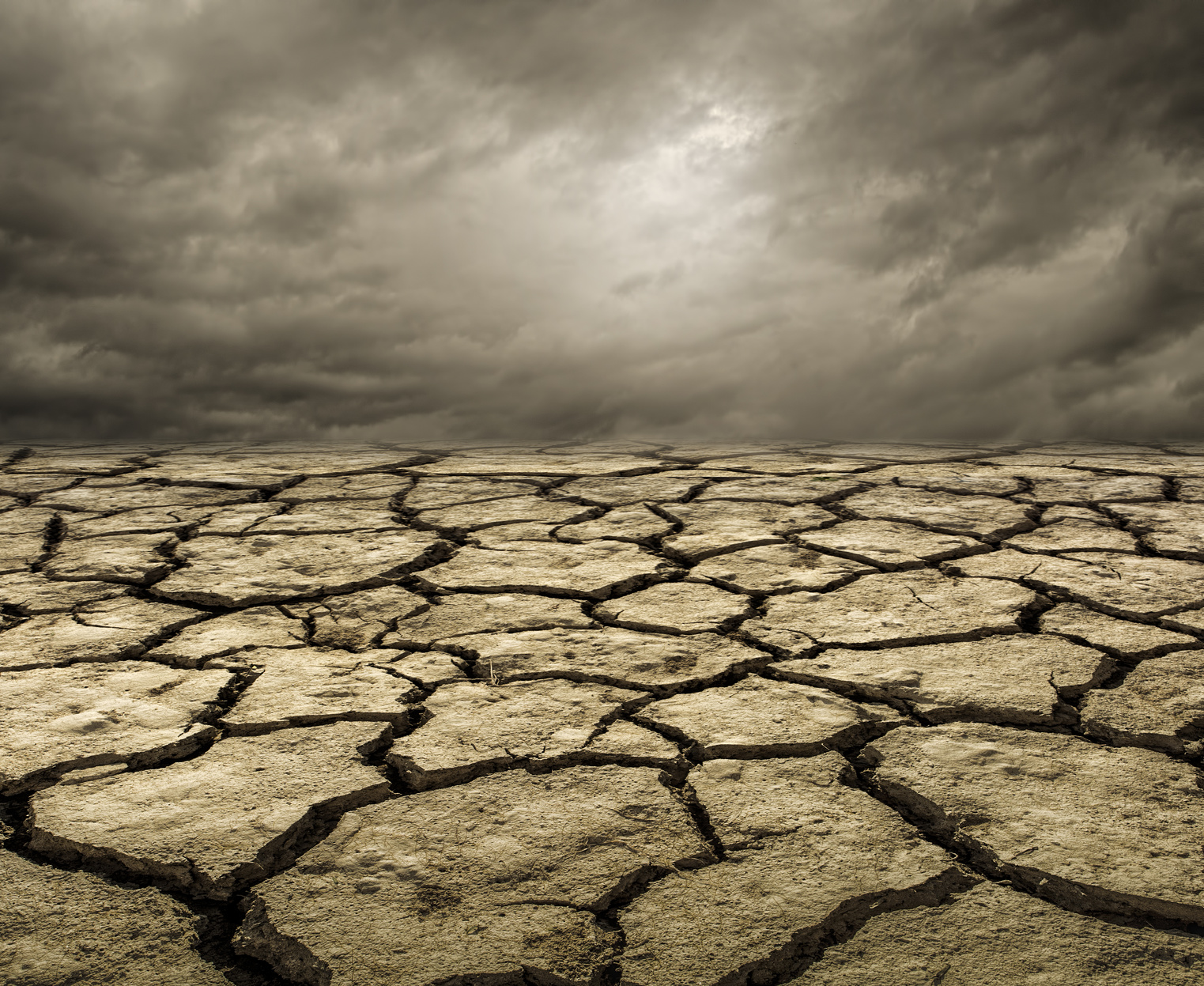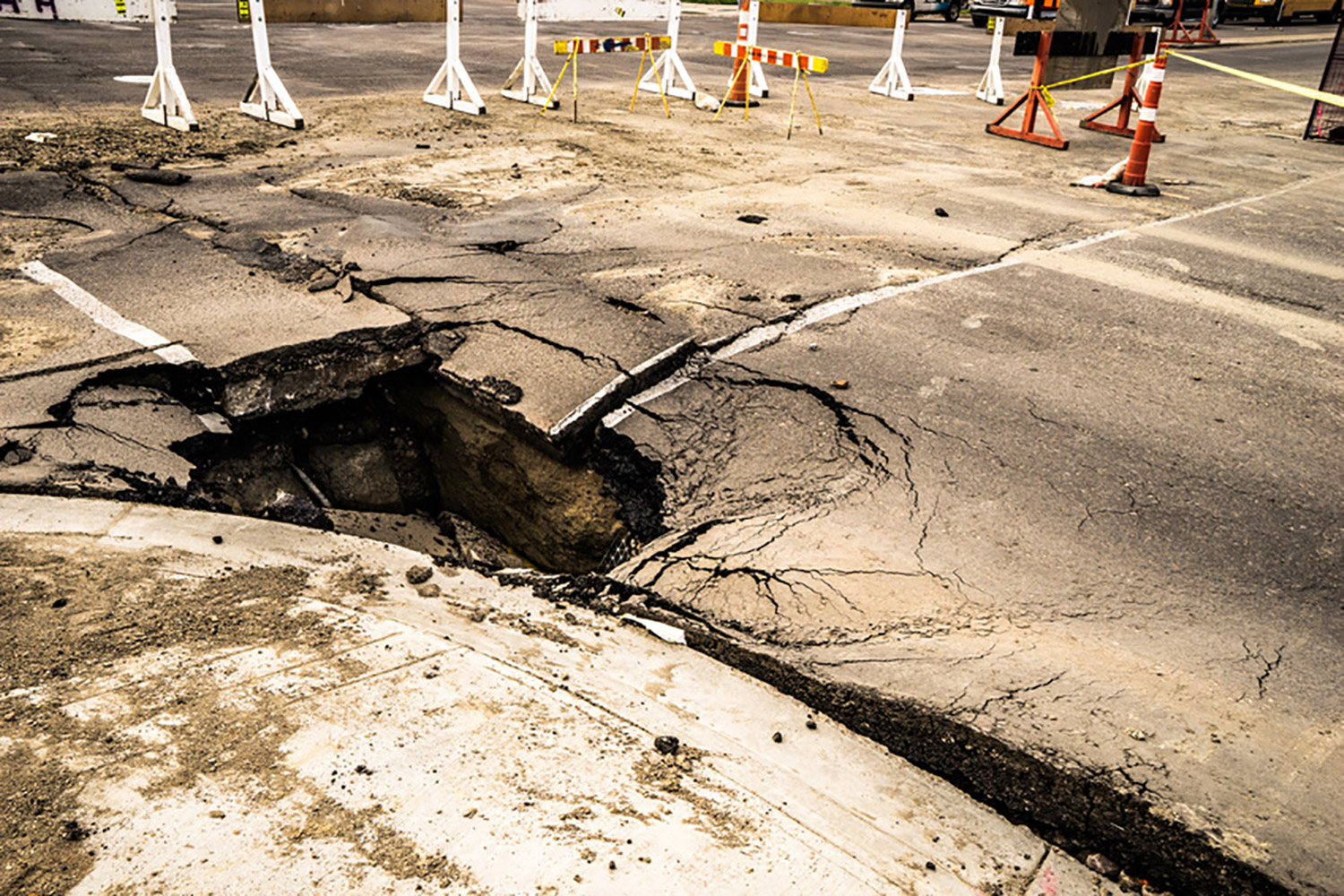+39.0521.339323
VOIDS AND CAVITIES
When a soil is formed by soluble rock or loose parts, fluids and water in motion are likely to create voids and cavities even large one. For example
acid rain, after entering the soil, becomes more acidic because it collects CO2. This water when placed in contact with calcareous rocks can cause
serious damage to the structures and the phenomenon is known as karst. The same happens to soil composed of calcium carbonate and
magnesium, or magnesium sulphate. Large cavities in the soil pose two major problems of soil engineering. The first is about the environment due to
the possible pollution of groundwater and the second is about the bearing capacity of the foundation structures of buildings.

Collapse Sinkholes
As used here, the term sinkhole refers exclusively to one type of closed depressions in karst landscapes. One type of sinkhole is the collapse
sinkhole, so named because it forms suddenly when the land surface collapses into underground voids, or cavities. Collapse sinkholes are often
fairly circular with steeply sloping sides. They can be so small as to be barely noticeable to 50 meters or more in width and depth. Once formed, they
can also grow larger.
